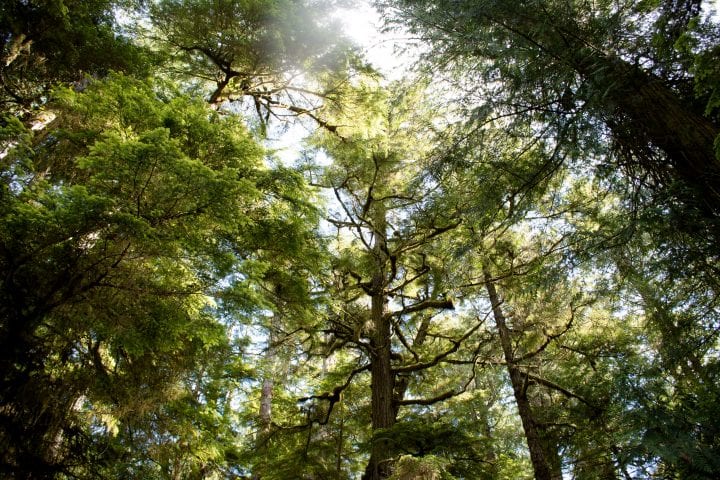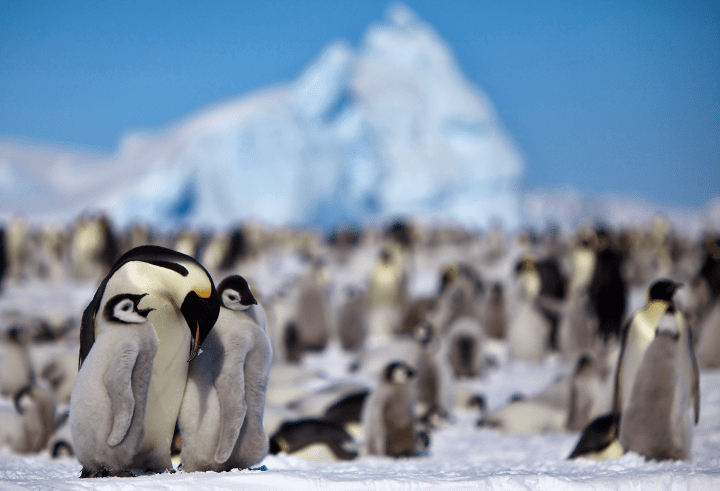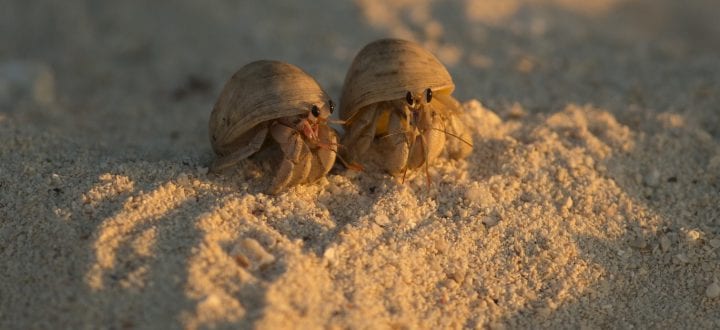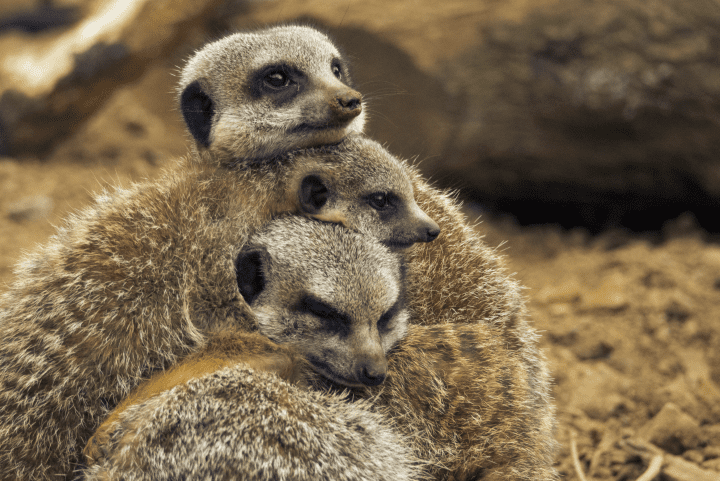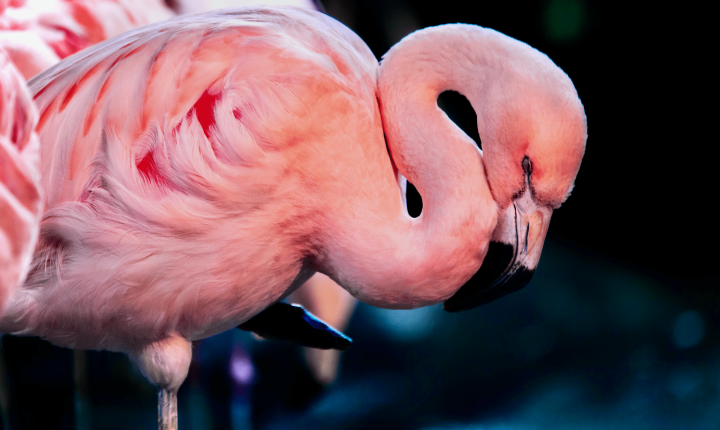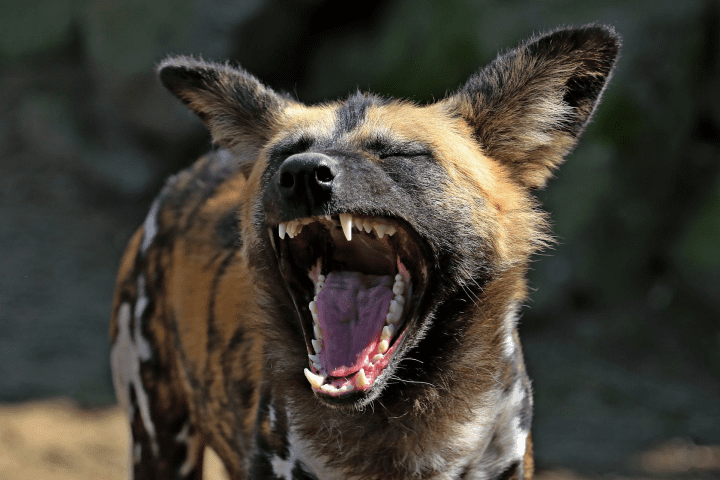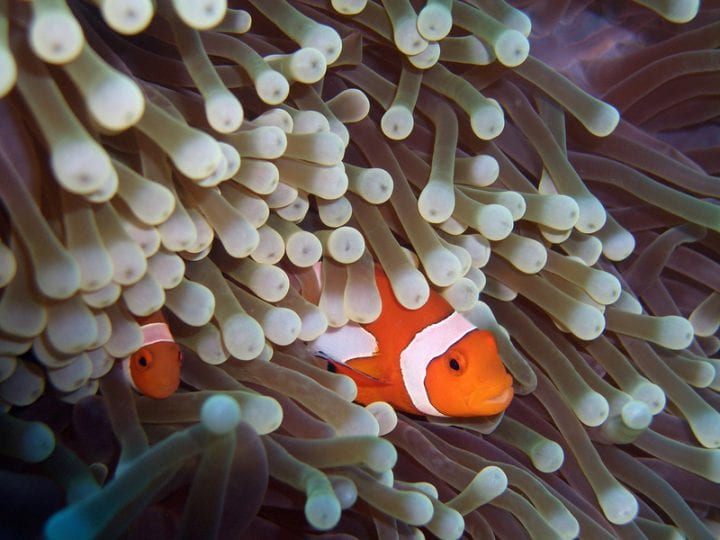Today’s challenges in public health and social equity have humans feeling disconnected—from nature and each other. Explore bio-inspired approaches to reconnect with both.
I.
One of the most intriguing moments in literature takes places in the Epic of Gilgamesh, which comes to us from ancient Mesopotamian culture. Enkidu is the wild man, a “hairy-bodied” figure, who embodies the natural world. His beauty is legend––and gender nonconforming: “The hair of his head like the grain fields of the goddess.” He roams with the herds, grazes with gazelles, and drinks from rivers with the beasts. He is an eco-terrorist, breaking traps humans set for animals. When the gods seek a companion for Gilgamesh, the warrior king of Uruk, they set their sights on Enkidu, thinking only the wild man has strength to match that of the king.
Create his double and let the two contend. Let stormy heart contend with stormy heart that peace may come to Uruk once again.Epic of Gilgamesh, Translated by David Ferry
The wily gods employ a woman to seduce Enkidu away from his communion with the animals. The animals recognize his betrayal, and those with whom he used to visit the watering places now flee from him. It is this image of a man who visits the watering places with the animals, “whose hearts delight, as his delights, in water,” that stays with me. It is a vision of a community in which the human world has not yet differentiated itself from nature. And that moment of loss, when one sees the price Enkidu must pay for becoming sidekick to the king, the price the civilized world pays for its separation from nature, is a gut punch. It marks a major turning point in human history. The animals no longer welcome us as members of their community. The wild man has betrayed his origins as kin among the peaceable beasts. A wild man no longer, Enkidu becomes entangled in the endless violence of human society and the shared grief of mortality.
II.
We too stand at a turning point in history, our time characterized by the diminishment of the animal world, the spillover of dangerous pathogens from animals to humans, anthropogenic changes to the atmosphere and oceans that threaten sustainability, and the erosion of human community under geopolitical and climate forces. The dream of peace that led the gods to align Enkidu with Gilgamesh was just that––a dream in their time and ours. Ceaseless wars persist. Violence and injustice abound and even boast their hateful claims. We face the challenge of figuring out if we can live together as a technological society without destroying the material sources that have made Earth such a hospitable place in which life could work out its magnificent evolutionary destiny.
suggests that the living laboratory of nature offers lessons in learning and that can spur us on to imagine new ways of seeing and solving our problems. I’ve been thinking a lot about community during these months when the pandemic has largely deprived us of community. It is inspiring to read about the learning patterns by which animals create and sustain community: friendship bonding among flamingos, sneeze-voting among African wild dogs, huddling among penguins, and for bison the benefit of habitat disturbances in revitalizing the of their grazing grounds.
It is worth noting that all of these animal communities are place-based. Flamingoes in wetlands, wild dogs on savannahs, penguins on ice, bison in the tall grass prairies. Place connects members of the community. Those connections extend beyond individual species to interaction among various species living in a common location. Over long stretches of evolutionary time, the question of who belongs in the place is answered by a complex dance between competition and coordination.
III.
Here in the Sonoran Desert where I live it would be easy to think of this place as inhospitable to life, a defensive landscape of spines and thorns and venomous creatures. True, the desert is a landscape of extremity. And the desert can be weaponized by inhumane immigration policy, so that it becomes a force destructive of community. But strategies for survival among desert flora and fauna testify to the remarkable ability of organisms to adapt and form a biotic community to the benefit of all.
In his recent essay “The Nature of Desert Nature,” desert ecologist Gary Paul Nabhan details the evolving research on desert habitat. Mutualistic relations, he reports, between plants and their pollinators had a profound effect on community structure. Yucca flower and yucca moth. Agave and nectar-feeding bat. Hawk moth and hawk weed. Even more intriguing are the nurse plant relationships in which, for example, a palo verde tree shelters a baby saguaro, helping it through its early years by providing shade and funneling water down from its branches. This facilitative relationship can flip when the saguaro comes of age, at which time it may out-compete the nurse plant that has helped it along. The dance between collaboration and competition is a continually unfolding process. Nabhan leads us back to Darwin’s time when “natural philosophers and biologists began to build a general theory of how mutual aid among species came to shape plant communities and drive the diversification of life on earth.”
What of human community? Traditionally it too has been place-based. As far back as the 15th century, according to the Online Etymology Dictionary, the word referred to people living together in the same locality, “sharing thoughts and feelings, common interests and occupations.” Communities were shaped by the natural resources available locally and required the stewardship of those resources. Since childhood I have spent summers on Grand Manan Island off the coast of New Brunswick, Canada. This is a fishing community––in the 19th century “the Sardine Capital of the World––with 2500 year-round residents who make their living from the bounty of the sea. That bounty has diminished since the heyday of fishing in the Bay of Fundy. But fisher people have known cycles of boom and bust for centuries, and they are adaptable to change, given that there remains something to harvest. These days, with groundfish in heavy decline, herring an uncertain proposition, the boom is in lobsters as the crustaceans move north from U.S. shores seeking the cold water that suits them. They may have benefited from the decline of groundfish, that prey upon the baby lobsters. Their biotic community––that collection of organisms living and interacting together in a particular place––is shifting with the climate, and so too the human community.
This is a place in which the traditional sense of community still holds at multiple levels. The human community is interwoven with, and ultimately is a subset of, the biotic community. If the biotic community takes a dive, so does the human. In such a place, stewardship of resources is in everyone’s self-interest. And the place feels like a community. Neighbor befriends neighbor, tomato seedlings are exchanged in the spring, jam jars in the fall, and local story links everyone together like threads of mycorrhizal fungi in a forest. Everyone knows everyone else’s business––to their joy and grief––and the sense of belonging is a genuine and stabilizing factor in the face of change.
That traditional sense of community has been lost by those living in cities (and often moving from city to city in pursuit of opportunity) and those who have lost their homeland due to climate or political extremity. And that includes most of the world’s population. The enduring place-based sense of belonging is toast––burnt toast if we extend the metaphor into our pandemic isolation. But even before the pandemic, the human imperative toward community was devolving into tribalisms based on politics, religion, and conspiracy “theories.” Our social cohesion now takes place in the two-dimensional placelessness of the Zoom screen and social media feed. Deprived of meeting up with family, colleagues, lovers, and friends in the flesh, we test ourselves against our own domestic space. We meet neighbors on our daily walks but only with a quick and distanced, “How’re you doing?”
But many of us are connecting with place again, with our homeplaces. And many of us are taking greater notice of the biotic communities in which we take part. Encounters with wild birds and animals seem to have gone up. Or perhaps we are just home long enough to notice their comings and goings. Here in the American West, we have had a brutal summer of wildfires––the climate crisis announcing itself right in our backyards with woeful consequences for humans and beasts alike. Mountain lions and mule deer show up in the suburbs. We are alarmed and charmed to see them amble along the asphalt while the houses sleep. The neighborhood suddenly reminds us that it is a full biotic community, not just a human habitation––a place where the more-than-human world feels right at home. At least momentarily. And that reminds us that we are part of something larger and more mysterious that human society alone.
These animals are testing the water, so to speak, of change. Their manner of dealing with disturbance and extremity is to pay attention to new opportunities, to be flexible. Animals, to their credit, are not capable of being rigid ideologues. Could we soften our barbs and edges by heeding their example?
IV.
I’ve been sticking close to home for months. I couldn’t get to my summer home in Canada, due to the SARS-CoV-2’s success at becoming part of our biotic community. (It helps our chances at survival if we are mindful of both the risks and benefits of being members of a biotic community). During my home isolation, I have found gardening to be a comfort and pleasure. My effort is modest. Five ceramic pots for growing lettuce, arugula, swiss chard, and basil lined up in my small walled yard. The pots seem to deter the ground squirrels from stealing my crop. I’d had champion greens––knee-high swiss chard––throughout the hot summer and into the fall, until one day I came out to water my darlings and found them chomped to the nubbins. What on earth could have consumed this bounty in one voracious sweep? I ran through the possibilities. Too much for squirrels to consume. I’ve on occasion seen a coyote or bobcat jump my four-foot-high brick wall to explore the yard. But they are not leaf eaters. Drawn by the mystery and just a touch of outrage, I bought a motion-sensing trail camera and hung it on a patio chair near the bird bath. I figured whatever critter had invaded my suburban yard, the water would have been the initial draw.
I was stunned with what the camera revealed. Posed beside the birdbath, head raised to directly face the camera’s lens, was a magnificent six-point buck, its eyes just blazes of white in the camera’s night vision. Of course, I thought, those blunt teeth marks of a browser marking the remains of my chard, those sharp divots in the gravel where he had leapt over the wall, all spoke of deer. But I never would have believed it, if the camera had not spoken its truth. And what a feat it must have been. From the way the land falls steeply away on the other side of the wall, the buck had to make the leap from a standstill. He was huge, muscled, healthy. And I could imagine the joy as he tasted the tenders green in my salad bar, after a diet of the thorny and spined offerings the desert had provided. What was he doing here in a development of closely-sited homes, laced with roads, backyard dogs, and the comings and goings of our cars? He was a pioneer, I figured, testing out a new lifestyle in the face of habitat disturbance. Or just an outlier with a mind of his own, willing to test out a new strategy to meet his basic needs.
So now I play out my quarantine isolation in community with a magnificent buck that has descended from the scorched mountains a mile from my home. I have agreed to let him have at the water in the bird bath, but I replanted the greens and set up motion-sensing lights to scare the vagrant away from my crop. He soon acclimated to feeding in the well-lighted space, so now every night I cover the crop with shade cloth and every morning I uncover it. So far, so good. But I know it is only a matter of time before he figures out that with a flick of his antlers, the salad bar will once again be revealed. I take delight in this relationship. Yes, we do a dance between collaboration and competition. I’ll do my best to protect my own interests, but to tell the truth I am thrilled with this visitor who has made clear to me that the wild is not exiled from human community, rather we are engaged in an experiment together of becoming a biotic community.
Alison Hawthorne Deming is a poet and essayist who has been awarded the Pablo Neruda Prize from Nimrod, a Pushcart Prize, and the Bayer Award in Science Writing from Creative Nonfiction for the essay “Poetry and Science: A View From the Divide.” Her work most recently appeared in the January 2021 issue of Scientific American and in Kenyon Review’s March 2021 “Nature’s Nature” issue. She lives in Tucson, Arizona and Grand Manan, New Brunswick, Canada.






